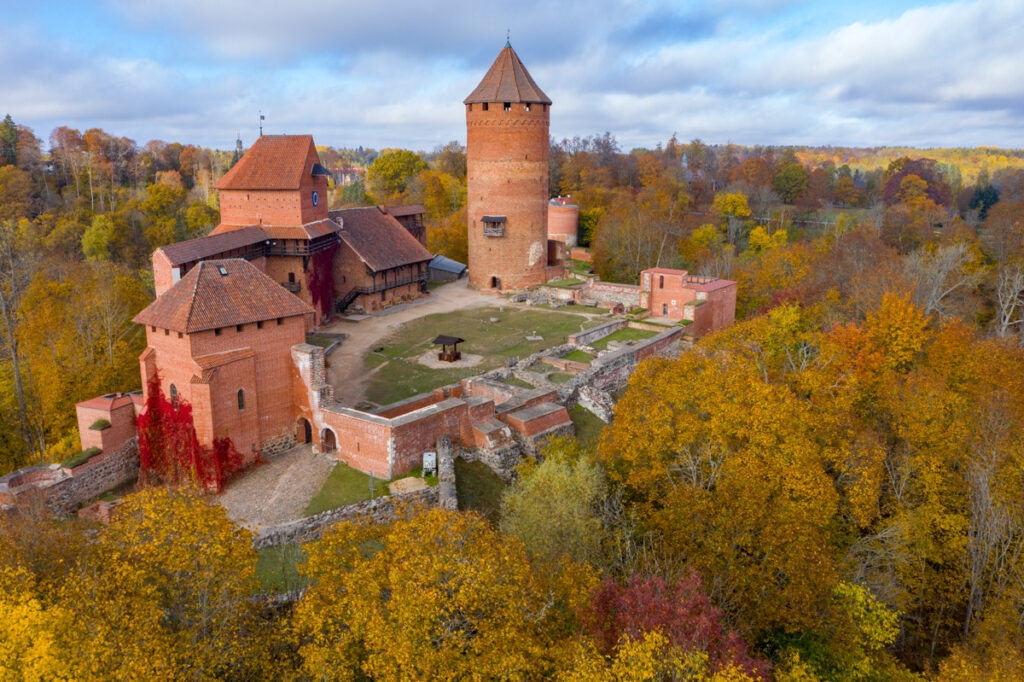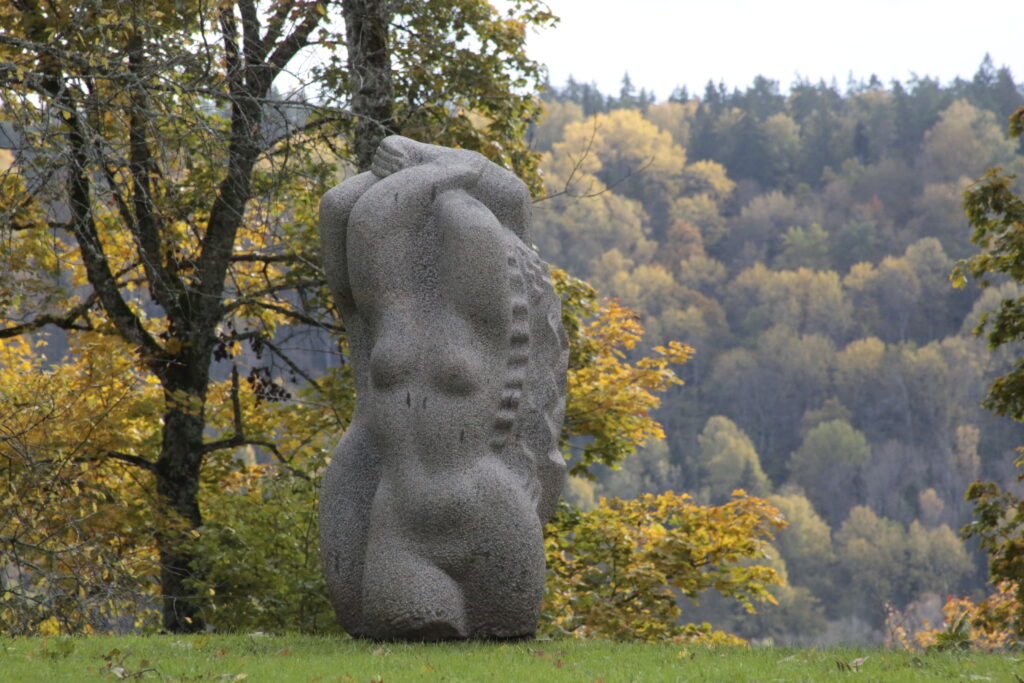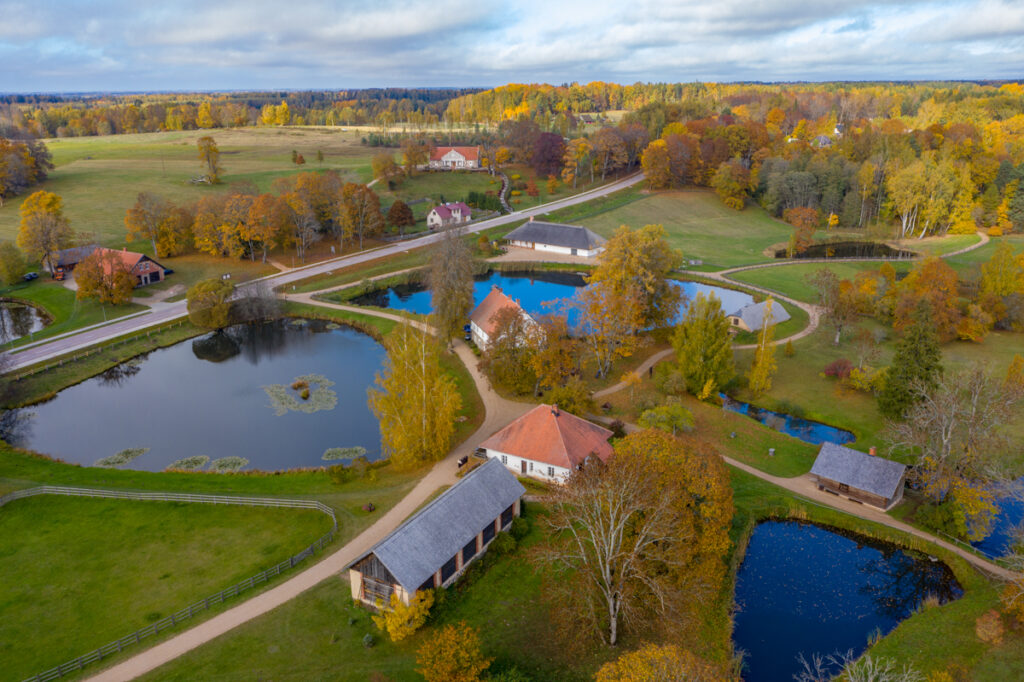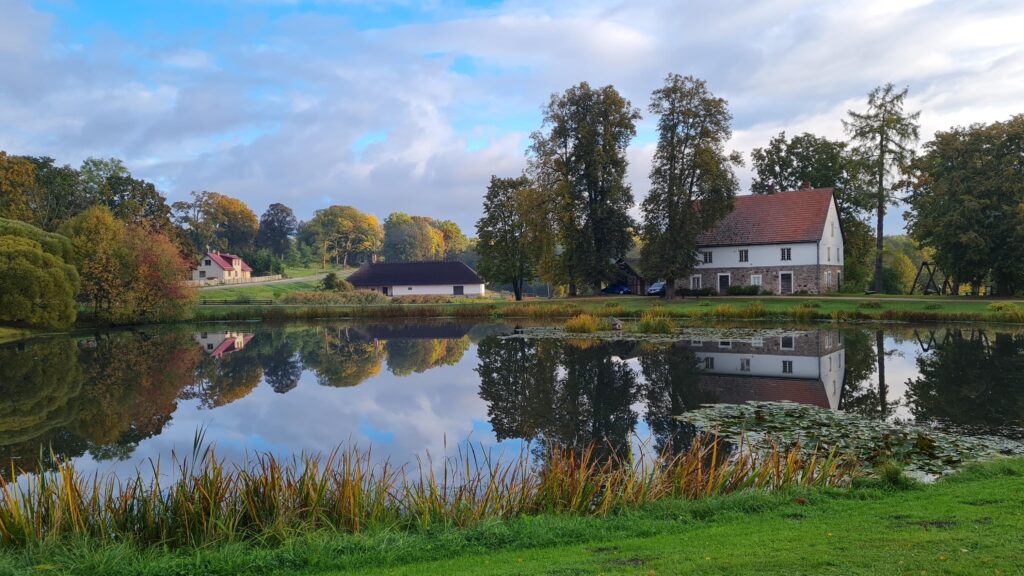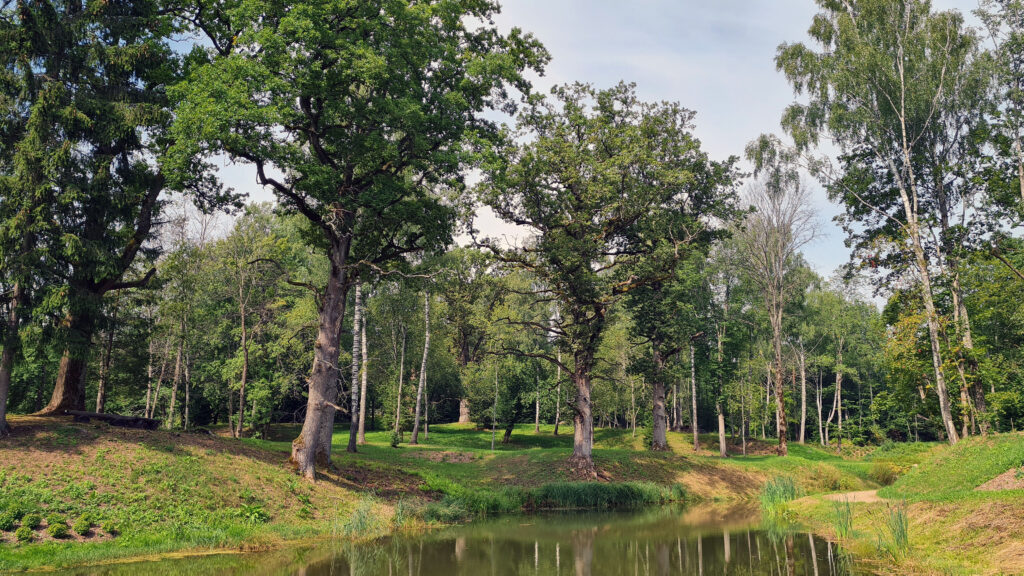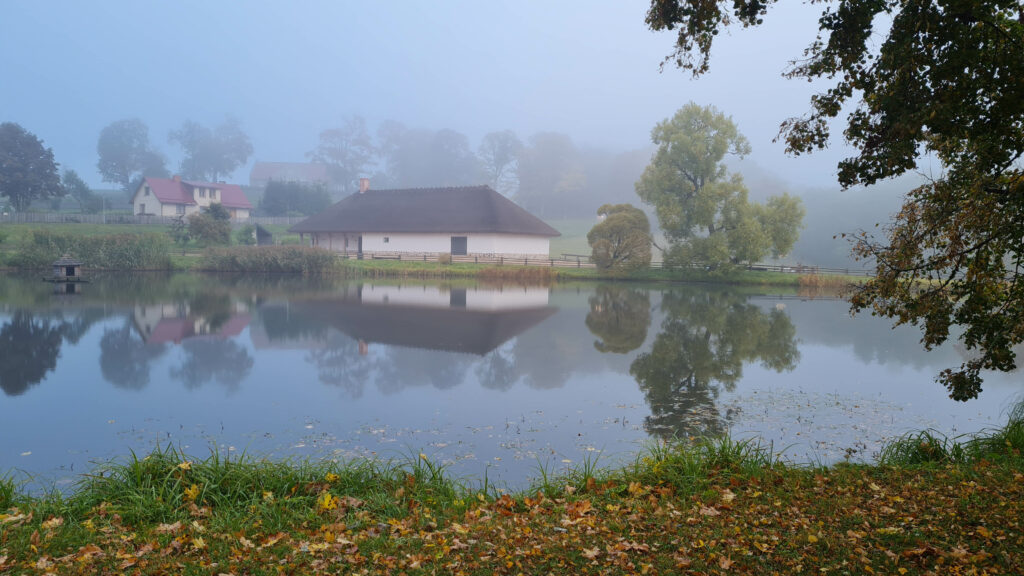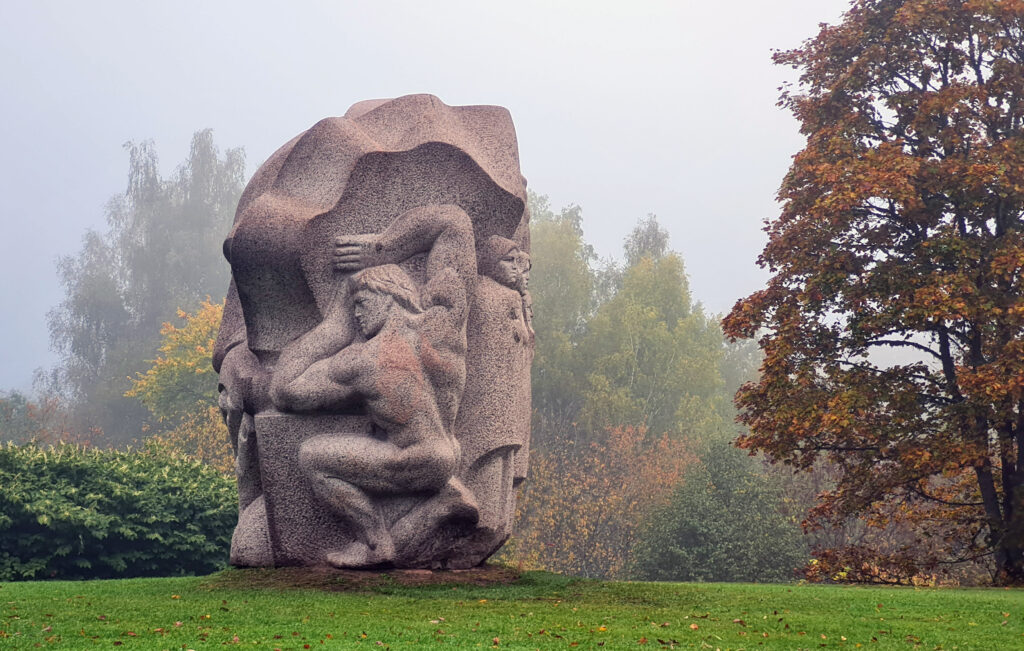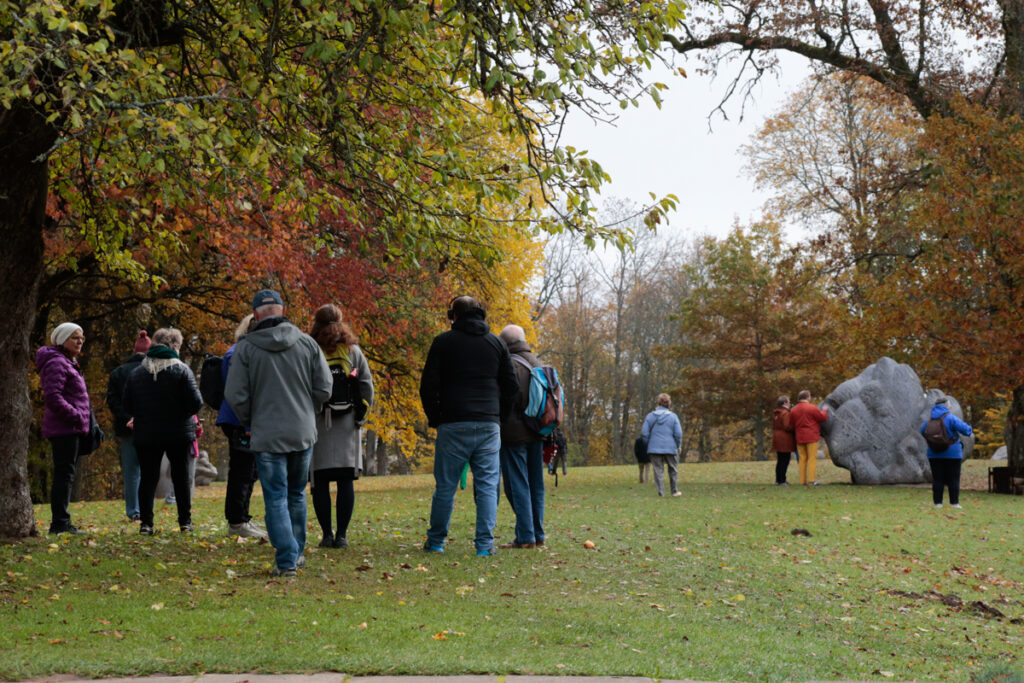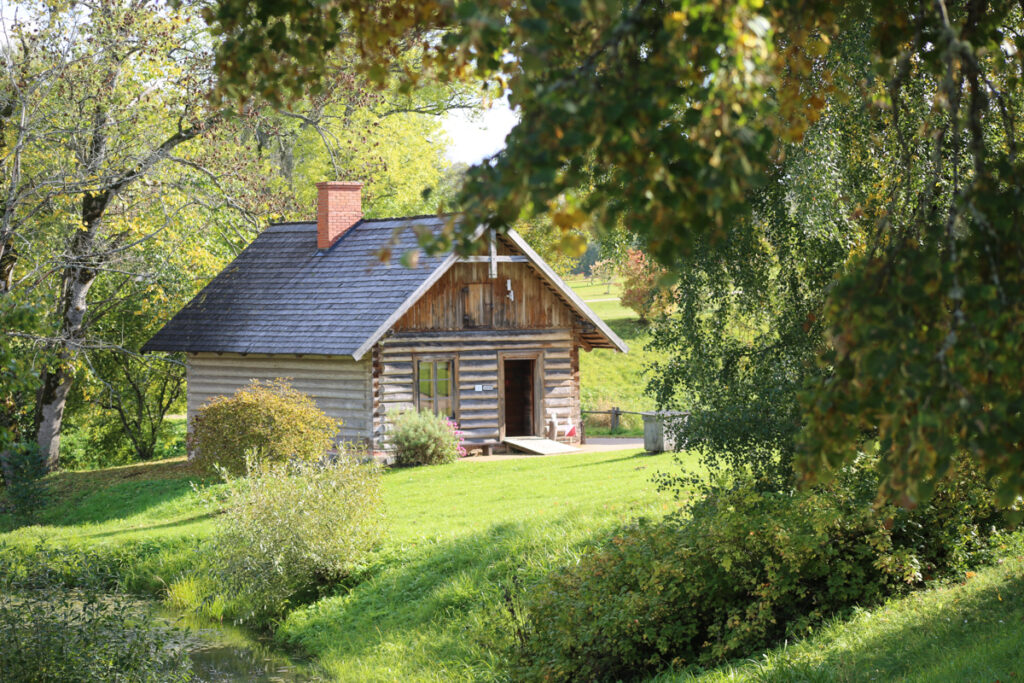The Turaida Museum Reserve is a specially protected complex of cultural monuments with special historical, scientific and cultural value, it is part of the national wealth of the Republic of Latvia and is under special state protection. The museum reserve was established in 1988 on the basis of the Sigulda regional history museum, which started its operation in 1948, in order to preserve for future generations one of the oldest national formations of Latvia – the historical center of Turaida with a complex of cultural monuments.
Basic elements of the museum reserve
The museum reserve consists of three basic elements: monuments, cultural environment, collection, which reflects the rich natural, tangible and intangible cultural heritage of the historical center of Turaida created over a millennium. The historical center of Turaida combines almost all the elements of cultural and historical centers of Latvia: a hill with wooden castle foundations, a medieval stone castle, a church and a cemetery, a manor, a collective farm center. Here is a cultural place that gathered thousands of people during the Awakening and the Song Revolution, strengthening the basis of national identity for the restoration of the Latvian state. Monuments of architecture and archeology are located in the environment where they originated, experienced their heyday and left evidence in the landscape. The set of these elements makes the museum reserve unique and different from other museums. A special proof of the achievements in heritage preservation, research, restoration and interpretation is the status of the European heritage site obtained in 2022 for the historical center of Turaida, which confirms belonging to the common heritage of European culture and highlights its symbolic importance in the context of European history. The historical center of Turaida is one of the most outstanding objects of Latvian natural and cultural heritage in a scenic location – the ancient valley of Gauja, where the heritage was formed and cherished for many centuries, but from the middle of the 20th century it was purposefully developed as a destination for domestic and international tourism as the city of Sigulda and the Gauja National Park part.
